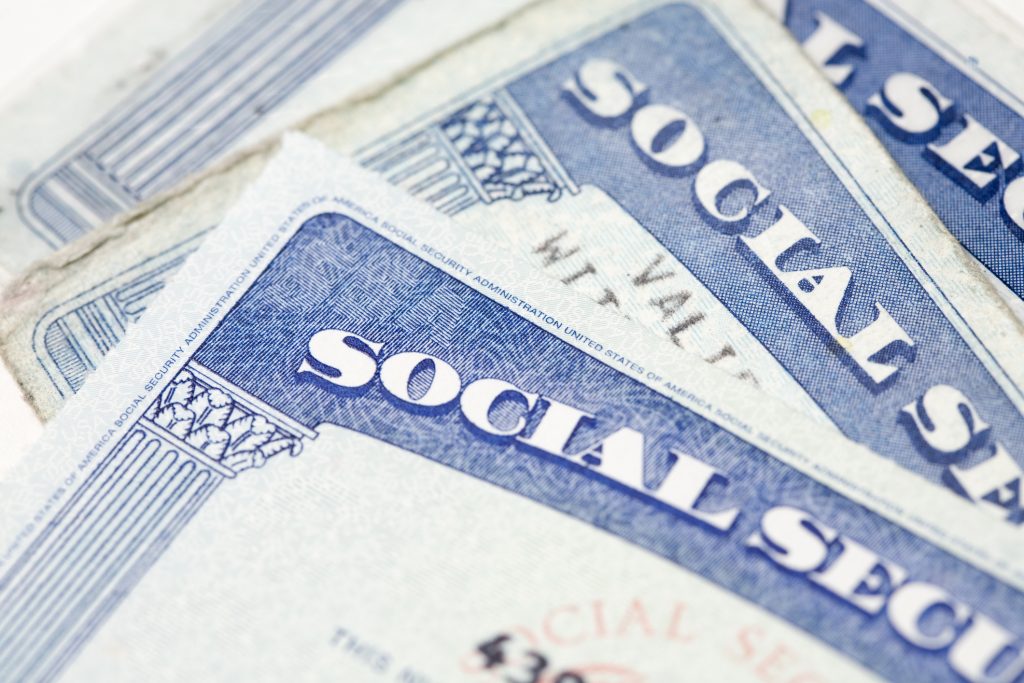President Trump while on the campaign trail proposed eliminating taxes on Social Security benefits. “Seniors should not pay taxes on Social Security,” he commented on social media in July. He reiterated the point during a Fox & Friends interview in August.
Importantly, Trump is not the only politician to float that idea, nor is support limited to one political party. For instance, Rep. Angie Craig (D-Minn.) introduced a bill in January 2024 that would repeal the taxation of Social Security. And Rep. Thomas Massie (R-Ky.) introduced a bill in February 2025 with the same goal.
Where to invest $1,000 right now? Our analyst team just revealed what they believe are the 10 best stocks to buy right now. Learn More »
However, Congress is unlikely to approve changes to Social Security tax law in the near future. And if the federal government did stop taxing benefit income, that seemingly positive change would come with a major downside for retired workers and other beneficiaries.
Here are the important details.

President Donald Trump listening to a reporter’s question. Image source: Official White House Photo by Andrea Hanks.
The problem with how Social Security benefits are taxed
Congress first approved the taxation of Social Security benefits in 1983 because the Old-Age, Survivors, and Disability Insurance (OASDI) Trust Fund was in serious financial trouble. Specifically, a bipartisan commission estimated the OASDI Trust Fund — which holds and disburses funds for benefits payments — could run out of money that same year.
Initially, half of Social Security benefits were taxable for people with modified adjusted gross income above certain levels. But Congress in 1993 added a second series of income thresholds, above which 85% of Social Security benefits are taxable. Lawmakers have never adjusted those thresholds for inflation.
That’s a problem. Social Security benefits tend to increase each year because recipients get annual cost-of-living adjustments (COLAs) to offset inflation. But the thresholds that determine whether benefits are taxable have been fixed for decades. Consequently, the percentage of beneficiaries that owe tax on Social Security has increased from less than 10% in 1984 to more than 50% in 2024.
Social Security is once again facing a serious financial problem
Social Security is once again facing a serious financial problem. The aging population has created a situation in which the number of beneficiaries drawing payments from the OASDI Trust Fund is growing faster than the number of taxpaying workers that support the OASDI Trust Fund. Put differently, Social Security is spending more money than it makes.
The program receives about 91% of its revenue from a dedicated payroll tax. The remaining revenue comes from interest earned on OASDI Trust Fund assets (5%) and taxes on Social Security payments (4%). While retirees undoubtedly got a bad deal in the way benefits are taxed, repealing that tax would effectively cut program funding at a critical time.
Congress is unlikely to approve such a change in the near future because the program is already operating at a loss, meaning cash outflows from benefit payments exceed cash inflows from taxes and trust fund interest. In fact, Social Security’s Trustees estimate the funding shortfall over the next 75 years at about $23 trillion.
Ending taxes on Social Security comes with a big downside for retired workers
The Board of Trustees estimates the OASDI Trust Fund will be depleted in 2035, at which point the remaining revenues from payroll and Social Security taxes will support only 83% of scheduled benefit payments. In other words, without Congressional intervention, Social Security benefits will be cut by 17% in the next decade because the program will lose one of its three funding sources.
Ending taxes on Social Security benefits would make the financing problem worse by eliminating a second funding source, and it would advance hypothetical benefit cuts. To elaborate, that change would cut program revenues by up to $1.8 trillion over the next decade, and accelerate trust fund insolvency by more than one year, according to the Committee for a Responsible Federal Budget.
Here is the bottom line: While eliminating taxes on Social Security sounds like a good thing, it would actually come with a big downside for retirees and other beneficiaries. In the worst case scenario, benefit cuts would happen one year earlier than anticipated. In the best case scenario, Congress would have less time to find a solution for Social Security’s $23 trillion financing problem. Either way, that’s bad news.
The $22,924 Social Security bonus most retirees completely overlook
If you’re like most Americans, you’re a few years (or more) behind on your retirement savings. But a handful of little-known “Social Security secrets” could help ensure a boost in your retirement income. For example: one easy trick could pay you as much as $22,924 more… each year! Once you learn how to maximize your Social Security benefits, we think you could retire confidently with the peace of mind we’re all after. Simply click here to discover how to learn more about these strategies.
View the “Social Security secrets” »
The Motley Fool has a disclosure policy.
 fool.com
fool.com benzinga.com
benzinga.com



